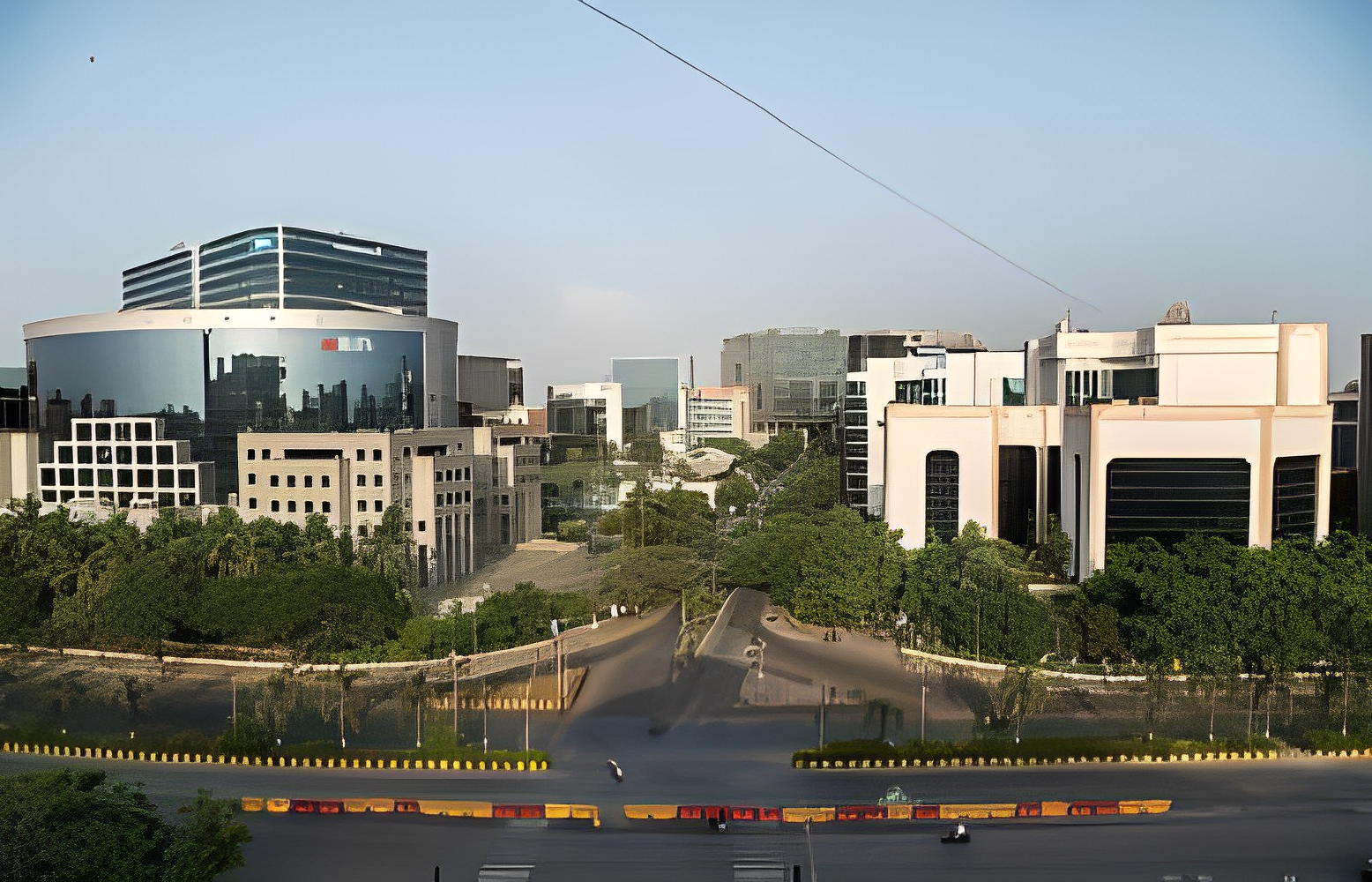Rising from the industrial heart of Mumbai, Kurla Complex stands as a testament to the city’s ever-evolving business landscape. This sprawling network of interconnected buildings, warehouses, and factories has fostered a vibrant ecosystem for diverse industries, from manufacturing and logistics to textile and engineering. But navigating the complexities of Kurla Complex can be daunting for newcomers. This guide aims to equip you with the knowledge and insights to thrive in this dynamic business hub.
A Legacy of Industry:
Kurla Complex’s roots trace back to the early 20th century, when the Bombay Improvement Trust envisioned an industrial zone to cater to the city’s burgeoning needs. Over the decades, the complex has witnessed phenomenal growth, attracting leading companies like Godrej, Larsen & Toubro, and Voltas. Today, with over 2,000 registered units, Kurla Complex boasts a diverse range of businesses, from heavy machinery manufacturers to textile exporters, all contributing to Mumbai’s economic engine.
Strategic Location:
Kurla Complex’s prime location is a key factor in its success. Situated in central Mumbai, it enjoys excellent connectivity to major highways, ports, and the city’s domestic and international airports. This strategic advantage facilitates efficient transportation of goods and materials, making it a cost-effective and convenient location for businesses.
A Hive of Activity:
Within the labyrinthine network of buildings, a dynamic ecosystem thrives. Cafeterias cater to the bustling workforce, while transportation providers offer their services to ensure smooth movement of goods. Warehouses stack high with merchandise, while factories hum with the rhythm of production. This constant buzz of activity paints a picture of a community dedicated to progress and innovation.
Challenges and Opportunities:
Despite its undeniable advantages, Kurla Complex faces its share of challenges. Navigating the maze of buildings and finding the right business partner can be a test of patience. Additionally, the complex’s aging infrastructure requires constant upkeep and modernization. However, these challenges also present opportunities for growth and development. Investments in infrastructure upgrades and technology adoption can further enhance the efficiency and competitiveness of businesses within the complex.
Forging Your Path in Kurla Complex:
If you’re considering venturing into the dynamic world of Kurla Complex, here are some key tips:
- Network extensively: Building relationships with established businesses and industry professionals is crucial. Attend trade shows, join business associations, and actively participate in the community.
- Understand the regulations: Navigating the complex legal and regulatory framework can be complex. Seek guidance from experienced professionals to ensure compliance and avoid any hurdles.
- Embrace technology: Invest in digital solutions to streamline operations, optimize logistics, and connect with potential customers.
- Be adaptable: The business landscape in Kurla Complex is constantly evolving. Stay informed about market trends, embrace new technologies, and be prepared to adapt your strategies accordingly.
Kurla Complex: A Gateway to Success:
With its rich history, strategic location, and diverse business ecosystem, Kurla Complex offers a unique and exciting environment for entrepreneurs and established businesses alike. By understanding its complexities, embracing its opportunities, and navigating its challenges, you can unlock the potential for success within this dynamic business hub.
Delving Deeper into the Labyrinth: Navigating Specific Industries in Kurla Complex
While Kurla Complex boasts a diverse tapestry of businesses, each industry within its walls possesses its own unique character and challenges. Let’s delve into some of the prominent sectors that call this complex home:
Manufacturing Powerhouse: The beating heart of Kurla Complex lies in its heavy and light engineering units. From the thunderous rumble of steel foundries to the delicate precision of electronics assembly, the complex hums with the energy of creation. Companies like Larsen & Toubro and Godrej have established formidable presences here, contributing significantly to India’s manufacturing prowess. However, navigating this sector requires understanding complex supply chains, stringent quality control measures, and the ever-evolving dynamics of global trade.
Textile Symphony: Woven into the fabric of Kurla Complex is the vibrant textile industry. From spinning mills and dyeing units to garment manufacturers and exporters, the complex plays a crucial role in India’s textile scene. The air thrums with the rhythmic clatter of looms and the vibrant hues of fabrics. But success in this sector demands a keen eye for design trends, a deep understanding of international textile regulations, and the ability to adapt to fluctuating market demands.
Logistics Lifeline: The arteries of Kurla Complex pulsate with the lifeblood of logistics. Warehouses stacked high with goods stand testament to the complex’s role as a vital distribution hub. Companies like DHL and Blue Dart orchestrate the smooth movement of cargo, ensuring efficient delivery across the country and beyond. Thriving in this sector requires expertise in warehouse management, transportation logistics, and navigating the complexities of import/export regulations.
Beyond the Giants: While established players dominate some sectors, Kurla Complex also nurtures a thriving ecosystem of small and medium-sized enterprises (SMEs). From innovative startups to family-run businesses, these ventures bring a spirit of agility and adaptability to the complex. They tap into niche markets, embrace new technologies, and often serve as incubators for the next generation of industrial leaders. However, SMEs in Kurla Complex face unique challenges, such as securing funding, competing with larger players, and navigating the complex bureaucratic landscape.
Evolving Ecosystem: Kurla Complex is not a static entity, but rather a constantly evolving organism. The rise of e-commerce has brought new players and new challenges to the logistics sector. Automation is transforming manufacturing processes, demanding upskilling of the workforce. Sustainability concerns are pushing businesses to adopt cleaner technologies and eco-friendly practices. To thrive in this dynamic environment, businesses in Kurla Complex must remain adaptable, embrace innovation, and stay ahead of the curve.
By taking a closer look at these specific industries, we gain a deeper understanding of the diverse facets that make up Kurla Complex. Each sector presents its own set of challenges and opportunities, demanding both resilience and resourcefulness from those who dare to venture within its walls. As Kurla Complex continues to evolve, one thing remains certain: it will continue to be a crucible of innovation, a testament to Mumbai’s industrial spirit, and a gateway to success for those who navigate its labyrinth with vision and determination.
Sources:
- Maharashtra Industrial Development Corporation (MIDC): https://www.midcindia.org/en/
- The Bombay Improvement Trust (BIT): https://en.wikipedia.org/wiki/Heritage_structures_in_Mumbai
- Kurla Business Association: https://www.vatsalyatrustmumbai.org/skilling-Centre-Kurla.html
Fractional Investment: Revolutionizing the Way People Invest 1




